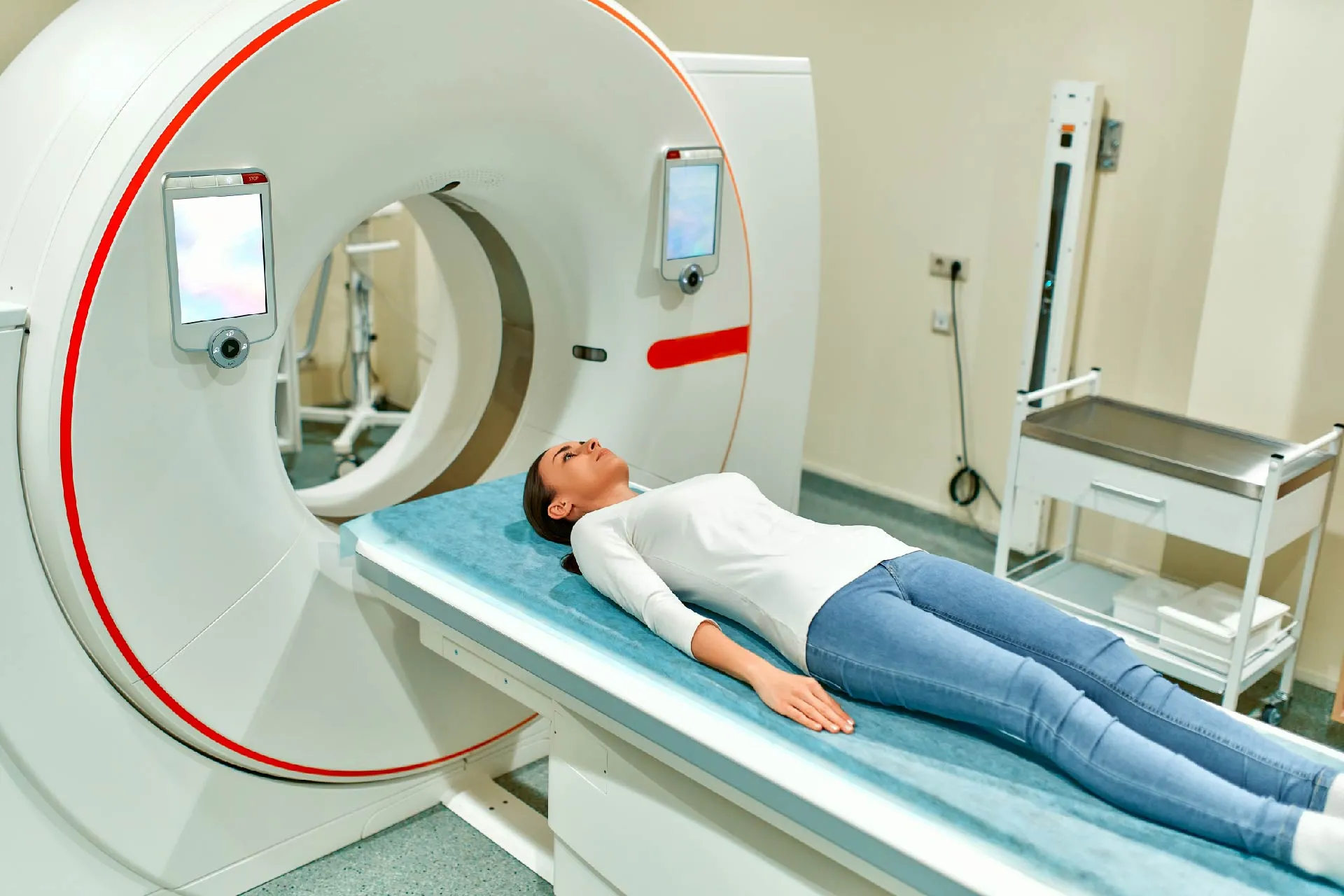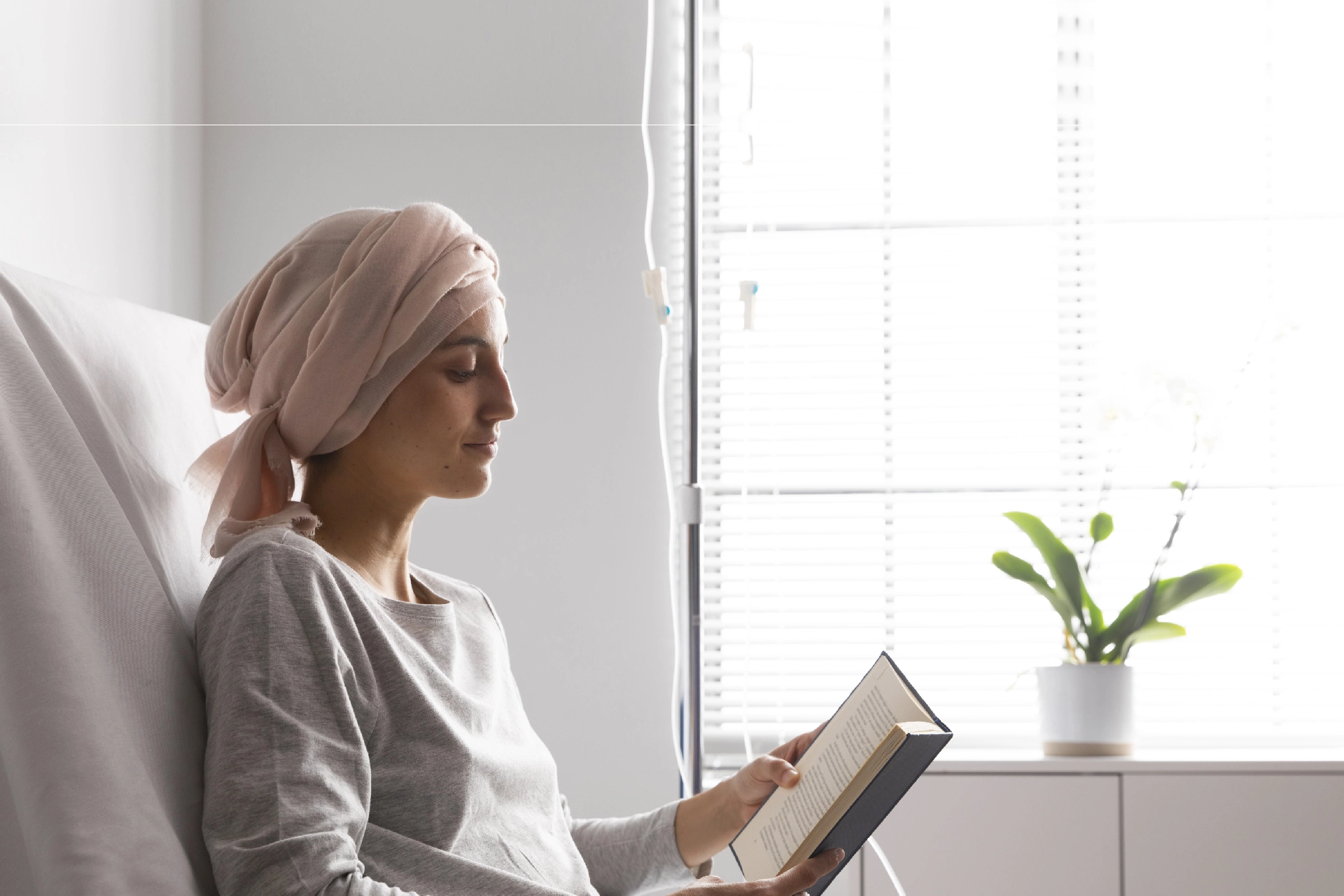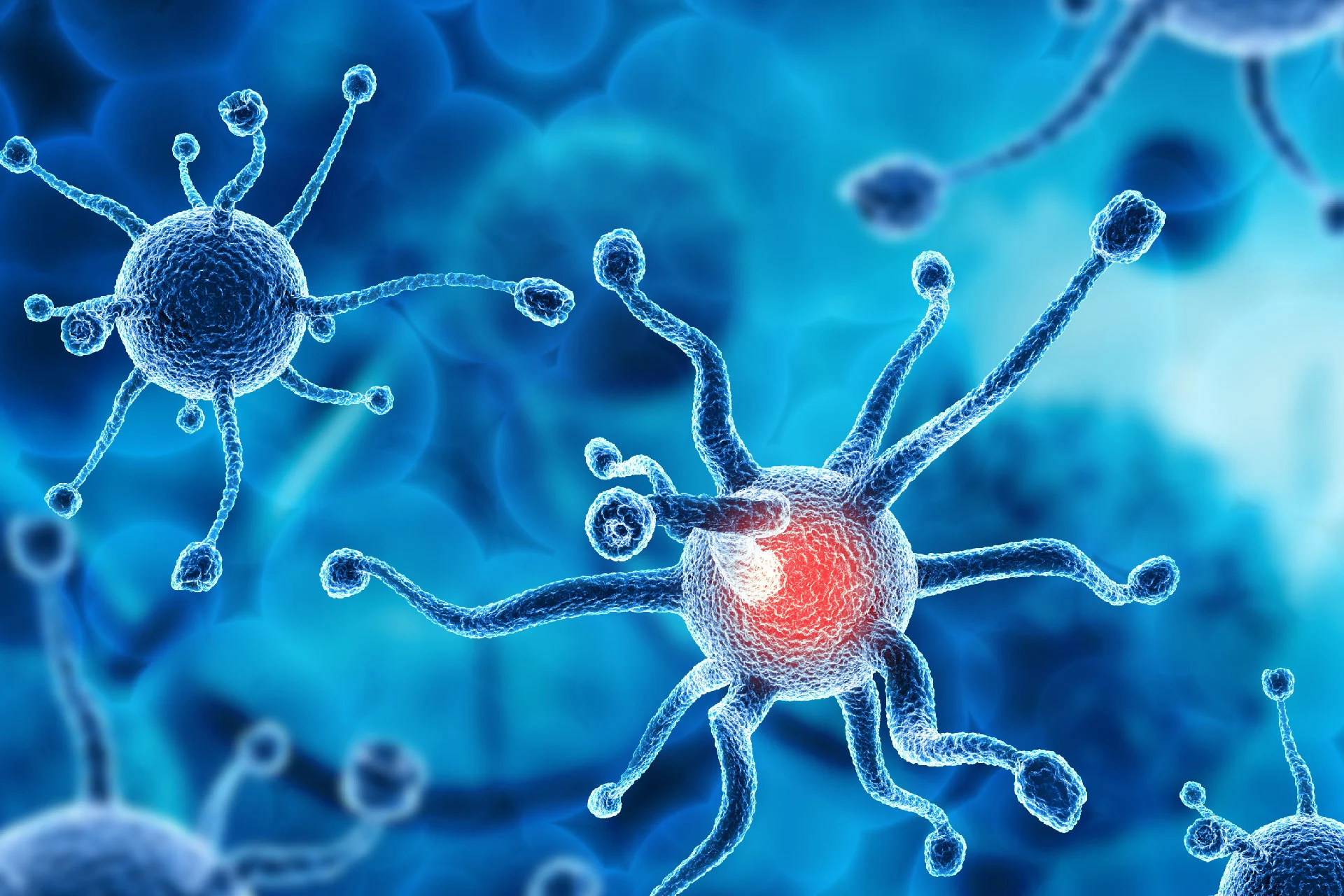Cancer | 7 min read
Getting a Biopsy Done? Know About These 6 Types
Medically reviewed by
Table of Content
Synopsis
There is an ongoing misconception about biopsy being specifically associated with cancer. If your doctor has ordered a biopsy test, it does not necessarily mean that you have cancer. It is a procedure to confirm if the abnormalities caused in your tissues could be a result of cancer or not.
Key Takeaways
- A tumour or lump that might be breast cancer is visible on a mammogram
- Melanoma might be the cause of a skin mole that recently changed form
- A biopsy can be done to determine whether cirrhosis is present in a person with chronic hepatitis
What is Biopsy?
Wondering about the biopsy meaning? Whenever a doctor wants to identify the cause of cancer or diagnose your illness in more detail, they may request a biopsy. In this procedure, a piece of your tissue or organ is extracted to be sent for testing. This is how we define biopsy. However scary a biopsy may sound, it is only to get better clarity on what the problem with your health is. It is mostly a painless and risk-free procedure.
Whenever an abnormality is identified, it is recommended that one gets a biopsy to identify if it has been caused by cancer. This is the reason a sample of the affected area is requested to be sent for testing. While X-Rays and CT Scans might be good for detecting abnormalities, there may be better ways to identify if the affected areas are cancerous. A biopsy can clearly distinguish whether the affected area is made of cancerous or non-cancerous cells.
Types of Biopsy
Medical professionals choose the type of biopsy that has to be performed based on the location of the tissue where the biopsy procedure has to be completed. There are some options for the same; they include: [1]
Scrape
In this process, the healthcare professional removes cells from the surface of the target tissue. This technique is mainly used for checking cervical cancer screenings, also known as Pap smears.
Endoscopic Biopsy
In this procedure, the doctors use an endoscope to collect the sample tissues. An endoscope is described as a sleek optical instrument that doctors use to capture images and view the deep insides of the body. This biopsy is usually used to collect samples from the intestines, colon or another internal pathway. Depending on the targeted area, this is generally inserted through one of the human orifices.
Stereotactic Biopsy
A stereotactic system makes use of 3D imaging to identify and locate cell anomalies. Then, they guide in sample collection. This technology is used for breast cancer and brain biopsies.
Punch Biopsy
A punch is a round-shaped knife that is used to incise and remove a disk-like structure of the tissue. This method can collect deep tissue samples that the doctors use to check for skin cancer aggressiveness.
Needle Biopsy
In this case, doctors use a needle to take a sample of an organ or underlying [3]. They use a wider needle for a deep core biopsy and a thin needle for a fine-needle aspiration biopsy (FNAB).
Colposcopic
A colposcopy allows doctors to evaluate a person following an abnormal cervical smear. The doctor uses a colposcope, a very close-focusing telescope that allows the doctor to view the affected area of the cervix clearly and with more precision.
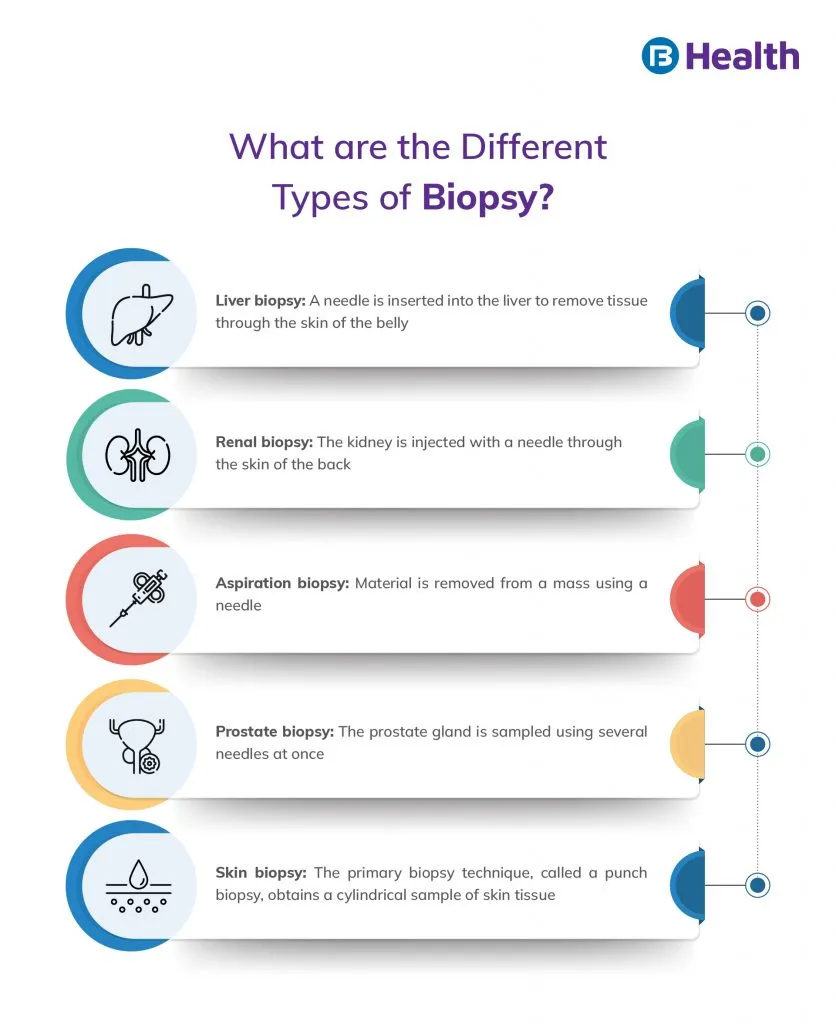
Procedure of Biopsy
The process is carried out in an outpatient setting, where it takes 15-20 mins to finish the entire procedure.
The procedure consists of multiple steps:
1. The skin at the area of the biopsy is thoroughly cleansed
2. Local anaesthesia is applied in order to cause numbness
3. The numbness has to be checked
4. A sample skin segment is taken by biopsy from the numb area of the skin
5. It is ensured that the biopsy site is maintained clean and bandaged to avoid any infection
6. The bandage must be changed at least once a day. It must be kept away from moisture
Additional Read: Prostate Cancer CausesUses of Biopsy
A biopsy test helps doctors come up with a firm diagnosis by lending a piece of tissue for examination. Doctors use the tissue to diagnose both cancerous and non-cancerous causes of disease. In the medical field, there are multiple uses. The following are some uses listed below.
Cancer
Doctors use biopsies to understand if an anomaly is benign or cancerous. Doctors may perform a suitable surgery if the biopsy results in cancerous growth.
Gastric Biopsies
A stomach biopsy helps a doctor determine the cause of stomach pain. It reveals inflammation or bacterial organisms.
Lung Biopsies
Lung biopsies are generally requested when there are irregular or suspicious lumps in the lungs. A radiologist and pathologist may perform a lung biopsy to determine whether it is an infectious non-cancerous lump or a cancerous lump.
Breast Biopsies
Biopsies find major use in diagnosing breast cancer. Multiple biopsies can help determine if anomalies in the breast tissue are benign or cancerous. The treatment procedure proceeds as per the biopsy results.
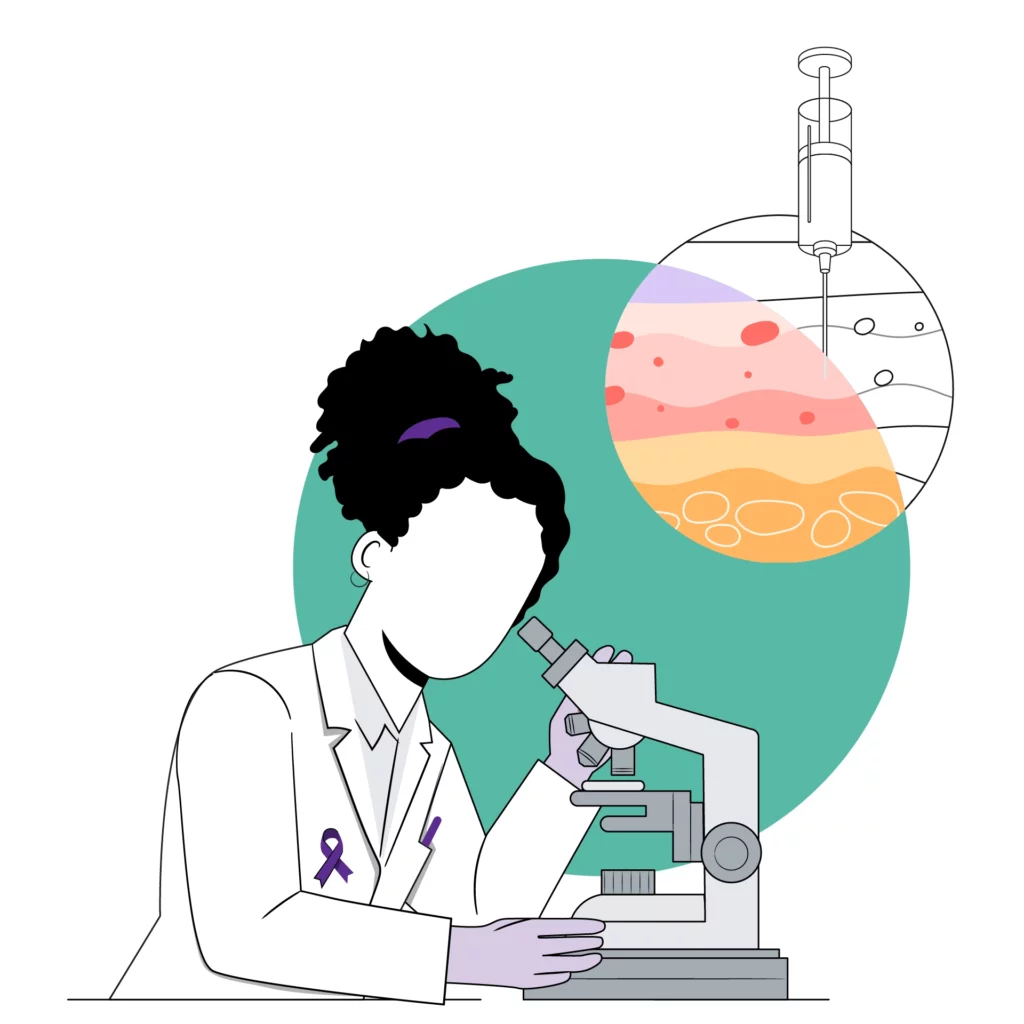
Biopsy Side effects
While this test is usually painless, it might take a while for the recovery to happen. Therefore, it is also key to maintain the site hygienically to ensure that the healing happens fast and smoothly.
The only side effect of a biopsy could be to feel the pain once the effects of anaesthesia fade away. However, there is also a high possibility that the site can be infected if not taken care of properly. Usually, when there is a bone marrow biopsy, liver biopsy, or any other internal organ, there would be slight discomfort in that area. However, this pain is not too much considering that the doctors prescribe painkillers for instant relief.
The recovery from a biopsy usually takes 2-3 whole weeks. Certain additional its side effects are nausea and stomach pain. This also happens if the anaesthesia goes wrong at any point and the effect wears off.
Restricting extreme physical activity immediately after the biopsy is also highly recommended. There is some time needed for the wound to heal and specific layers of skin to cover up the exposed part before our body would be fine with taking extreme physical activities.
Biopsy side effect depends from body to body and on the region where the biopsy is being performed. It is essential to note that recovery time also depends on the person's lifestyle and other factors. When proper care is taken, there is easy and fast recovery.
Biopsy Test
This test is always carried out in a ward with proper surgeons. The surgeon performs the procedure while an anesthesiologist is responsible for numbing the area to be biopsied by providing local anaesthesia. Surgeons mainly perform these types of incisions. Since a piece of metal is inserted to scoop out a section of the affected area, only a surgeon can perform the incision.
Result of Biopsy
A pathologist is the point of contact that examines the sample submission. They typically examine tissue samples collected from the affected part and observe it under a microscope to check for the presence and progression of a disease, specifically a cancerous cell.
There might be chances of suspected cancer. In such cases of a cancerous finding, the pathologist would have to check if the sample is malignant, i.e. dangerous, or benign, meaning not hazardous and usually treatable without any need for cancer-based treatments. Pathologists have to assess cancer's aggressiveness in cases if it is malignant.
This will also lead to them checking how advanced the cancer is. As they proceed with this, the next step becomes more explicit. Once all the analysis is done, the pathologist prepares a report that includes any abnormal or noteworthy findings that could point to something in the future.
Once the report is ready, it is sent to the doctor who ordered the biopsy. The doctor studies the reports and then decides on what the next course of action should be. In cases where the finding is termed malignant, it is advised that the patient should be put to treatment procedures without any delay. Normally, you get the result within two days. [2]
Additional Read: Bladder Cance SymptomsNo matter how scary it might sound, panicking before the results come will not serve any purpose. Biopsy results are not always accurate and sometimes are followed by a second type of test if the results are not conclusive. Once the it is done, the patient can return to a normal routine soon after the healing starts. Cancer is a vast subject. The best way we can be careful about this disease is by educating ourselves on the whats and hows of this subject and booking an oncologist consultationtimely before it is too late. You can learn about the types of uterine cancer, bladder cancer, prostate cancer, etc.
Don't let the fear of a biopsy stop you from taking a step in Favour of your health. Get in touch with Bajaj Finserv Health, your own personalized healthcare platform. Book an online consultation with a cancer specialist.References
- https://www.cancer.org/treatment/understanding-your-diagnosis/tests/testing-biopsy-and-cytology-specimens-for-cancer/biopsy-types.html
- https://www.cancer.org/treatment/understanding-your-diagnosis/tests/testing-biopsy-and-cytology-specimens-for-cancer/how-long-does-testing-take.html
Disclaimer
Please note that this article is solely meant for informational purposes and Bajaj Finserv Health Limited (“BFHL”) does not shoulder any responsibility of the views/advice/information expressed/given by the writer/reviewer/originator. This article should not be considered as a substitute for any medical advice, diagnosis or treatment. Always consult with your trusted physician/qualified healthcare professional to evaluate your medical condition. The above article has been reviewed by a qualified doctor and BFHL is not responsible for any damages for any information or services provided by any third party.
